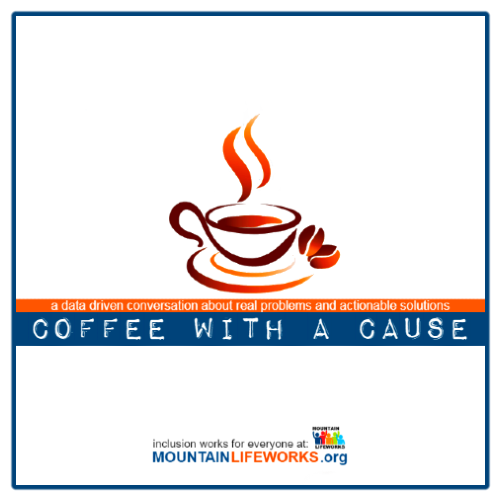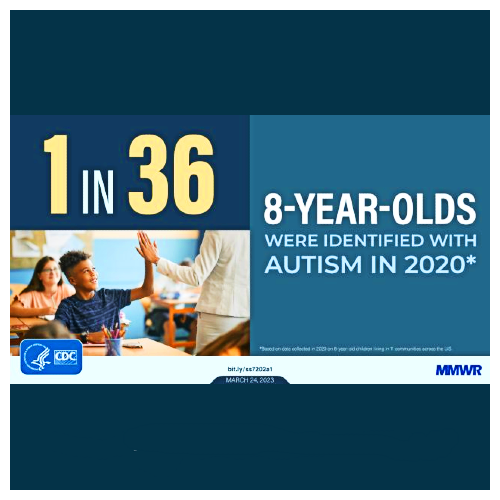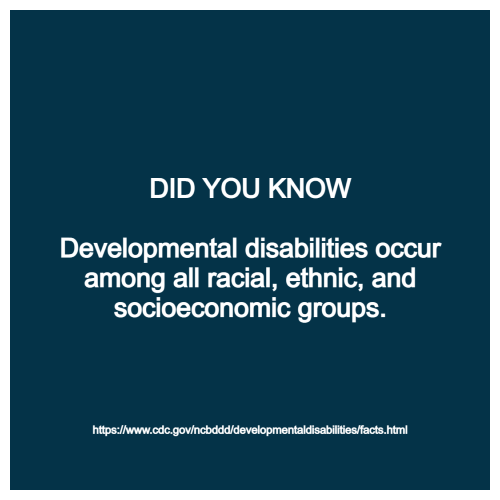
APRIL 2025 autism awareness month
April is Autism Awareness and Acceptance Month.
ADDM Network Data | Autism Spectrum Disorder (ASD) | CDC
Data and Statistics | Autism Spectrum Disorder (ASD) | CDC
Since 2000 Autism Spectrum Disorder (ASD) has
increased by 317%. Autism is the fastest growing, and the most
under funded developmental disorder. 95% of children with Autism
have at least four
Data & Statistics on Autism Spectrum Disorder | CDC
About Autism | The Autism Community in Action

Coffee with a Cause april 2025
Autism is a neurological and developmental
disorder that affects how people interact with others, communicate,
learn, and behave. People of all genders, races, ethnicities,
and economic backgrounds can be diagnosed with ASD.
Autism Spectrum Disorder | NIMH (nih.gov)
Autism | NAMI
Most screenings are done by community
centered boards using school district staff. This can result in diagnosis based on
available funding and expertise not the needs of patients or
students with IEPs. It's dangerous to rely on a one-size-fits-all
system for diagnostics, treatment plans and providing services
required by law. This is where
private practice professionals and second opinions increase accurate
diagnosis, improve outcomes and provide added protections and accountability.

Coffee with a Cause april 2025
Early intervention improves outcomes for
individuals and reduces costs to caregivers and taxpayers.
On average, autism costs $60,000 a year through childhood, with the
bulk of the costs in special services and lost wages related to
demands on one or both parents. Medical expenditures for children
and adolescents with ASD were 4.1 to 6.2 times greater than for
those without autism. But, the majority of autism’s costs in the
Nearly half of 25-year-olds with autism have never held a paying job. 80% of those who obtain a job through DVR programs worked part-time at a median weekly rate of $160, putting them well below the poverty level. Earning a meaningful income helps to address housing, healthcare and other traditional living expenses. The data shows that 49% of adults with Autism live with a parent/relative compared to 27% in group homes and just 10% who live independently. A common sense approach deploys a menu of solutions for the neurodivergent and the caregivers to fit their situational needs.
Autism Statistics and Facts | Autism Speaks
Autism Fact Sheet | National Autism Association
Remember a balanced approach uses verified data to identify problems and to propose actionable solutions. Only those willing to have difficult conversations can solve difficult problems. The first step to solving any problem is accepting the data indicating a problem... not blaming the messenger or method of delivery.
So join us for Coffee with a Cause and let's keep the conversation going each month with more data and actionable real life solutions!